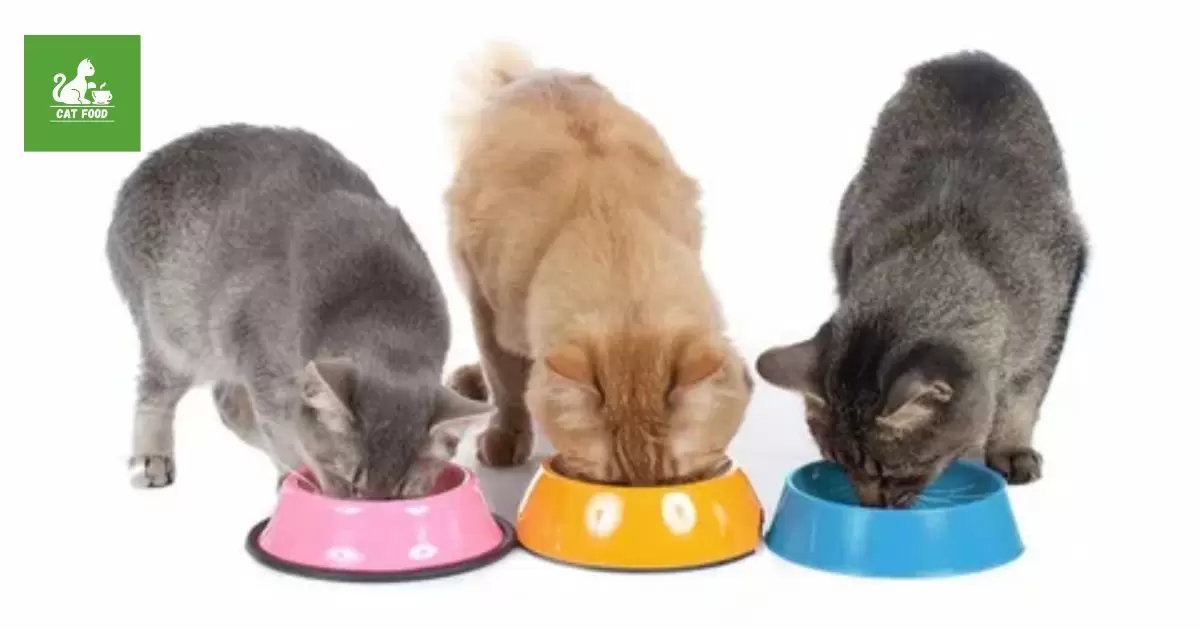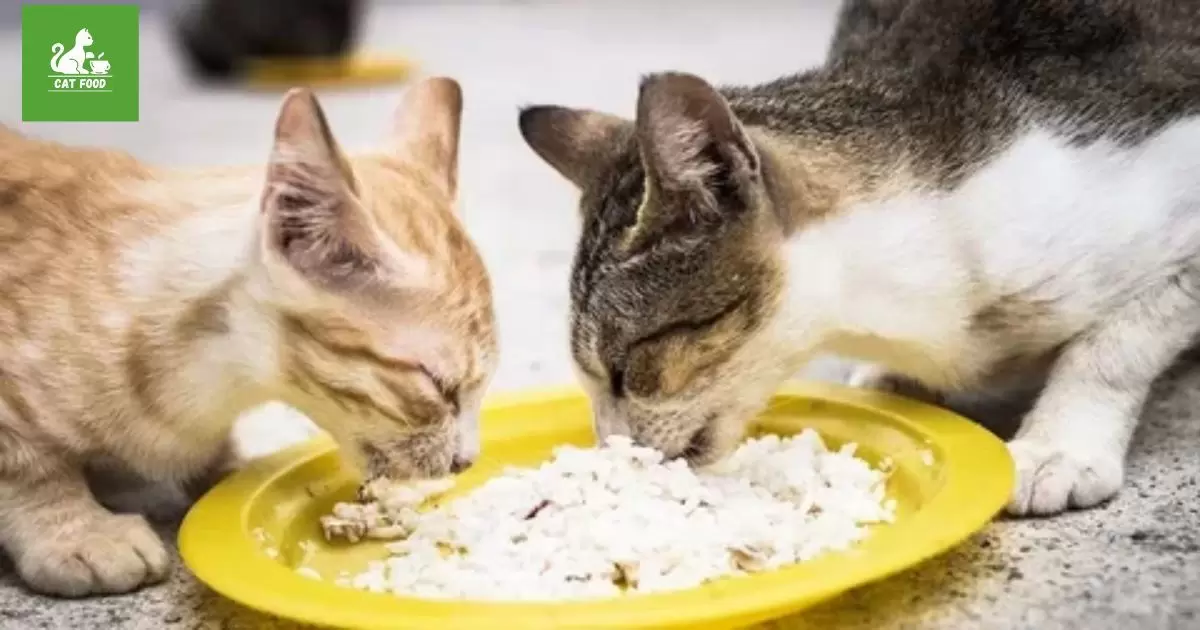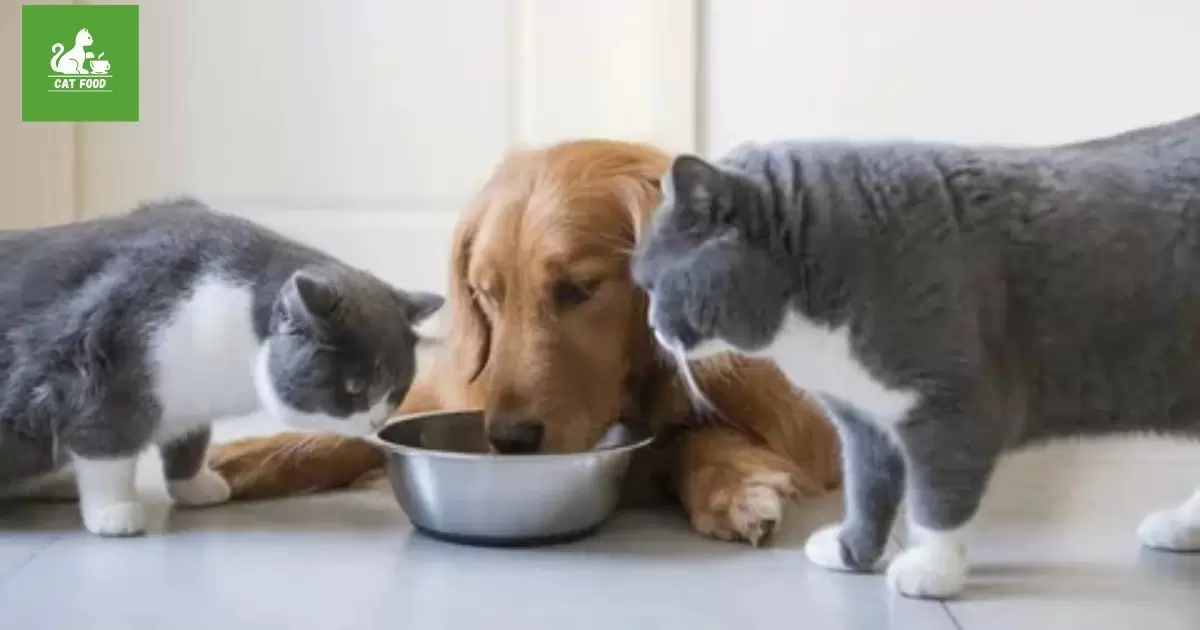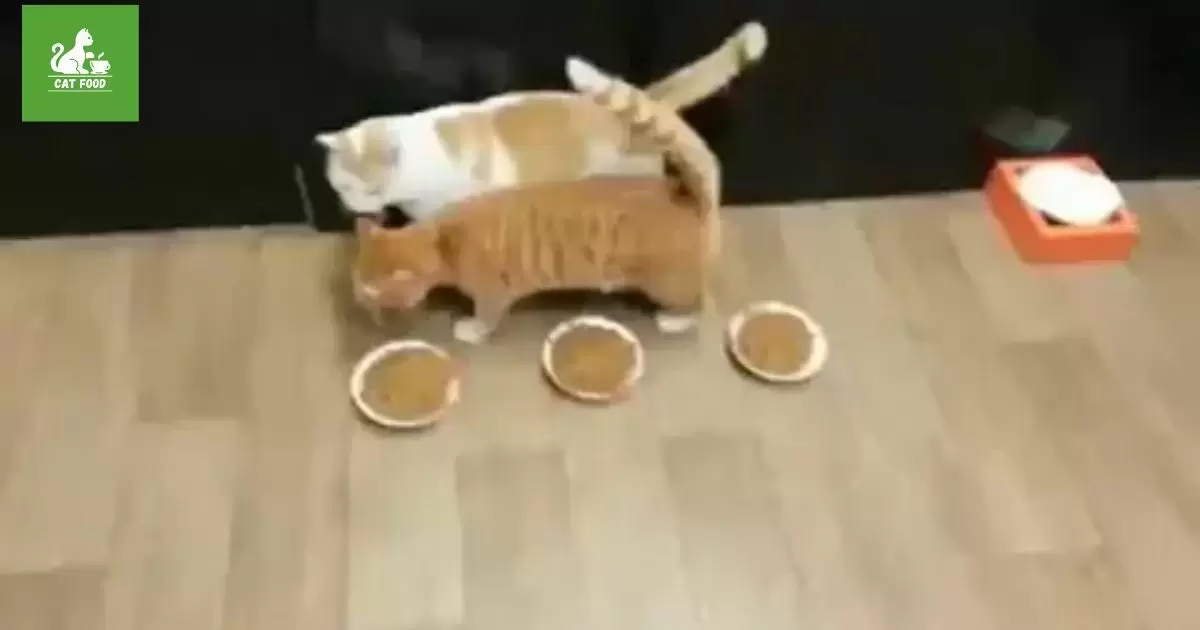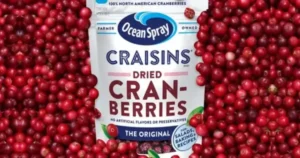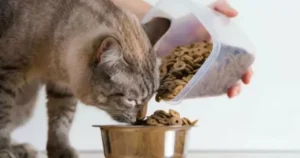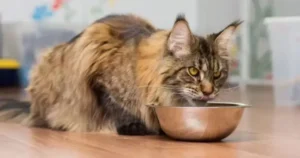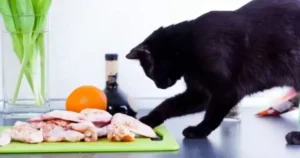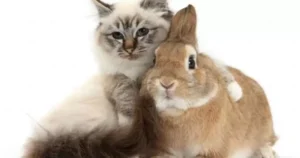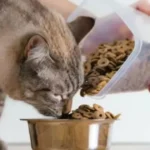Sharing a food bowl is generally not recommended for cats. This can lead to tension, possessiveness, and even aggression over food resources. Infectious diseases may spread more easily when cats eat from a communal bowl. It’s best to feed housemate cats separately to avoid these potential problems.
Do you have more than one cat at home? If so, can cats share a food bowl? It’s a common question for multi-cat households. Sharing resources can lead to problems between pets. Before deciding to use communal bowls, learn about the potential issues. Understand if your furry friends can peacefully dine together.
Sharing a food bowl is not recommended for cohabitating cats. Felines are territorial and can become aggressive or transmit diseases over shared resources. Tension can arise between housemate cats competing for a communal food bowl. For their health and safety, feeding cats separately using multiple bowls placed in different areas is ideal.
Cats sharing bowls spreads diseases.
Sharing food bowls allows diseases to be transmitted between cats. Saliva and bacteria enter the shared bowl. A sick cat infects the bowl; other cats ingest the germs when eating. This spreads conditions like feline leukemia, panleukopenia, and calicivirus.
Providing separate bowls keeps cats healthier. It prevents sharing saliva during meals. With their bowls, if one cat has an illness, the other bowls stay clean. So disease does not easily spread through the food.
Shared bowls increase fights over food.
When cats eat from one bowl, they must compete for food. This causes tension, stress, and fights. Even friendly cats will be protective of resources and hiss or swipe when another cat approaches their shared food bowl during mealtimes.
Giving each cat their bowl eliminates competition. They can focus on their portions without monitoring whether other cats might steal their food. Multiple bowls support a more relaxed feeding time.
Better to have multiple bowls available
A multi-cat home needs multiple food bowls available for sharing. While communal bowls are not ideal, cats may snack from each other’s bowls in group living situations. Providing bowls in several rooms or areas prevents congestion at one food spot and allows portion control per cat.
Ideally, each cat should have its own dish. But if cats eat from shared sources, extra bowls scattered create more access points. This prevents stressful crowding if a cat finishes early or wants more food before the next feeding.
Separate bowls avoid tension at mealtimes.
Sharing during mealtimes generates tension between cats, who feel protective of food sources. Even bonded cats can react defensively by swatting or hissing when approached while eating due to food anxiety.
Own bowls prevent competition over food. Cats can relax during meals rather than monitoring if another cat might steal their food. Separate bowls support positive experiences at feeding times for multi-cat households.
Individual bowls let gauge appetite changes.
With a shared bowl, monitoring each cat’s food intake and appetite is impossible. Decreased appetite can signal underlying illness. And overeating can gradually cause obesity.
Individual bowls accurately show each cat’s eating habits, intake, and interest in food. Noticing appetite dips or weight loss promptly helps diagnose issues early before they progress. Tracking overindulgent eaters helps adjust portions to control obesity.
Rugged monitor shared bowl food intake.
If cats eat from one communal bowl, their specific food consumption cannot be gauged. It is impossible to tell whether changes in eating are due to illness or not finishing their share because another cat operates.
With separate bowls for each cat, veterinarians advise tracking Grams consumed daily. This monitors intake day-over-day for sudden drops that require medical intervention. It shows which cats greedily overeat from group bowls.
Some cats are fine sharing, while others are not.
While most cats prefer their food bowl, some breeds and bonded cats comfortably share bowls without issue. For example, Oriental breeds accustomed to group living adapt better to group feeding situations.
Many cats, especially those grazers requiring meals available all day, strongly dislike sharing food sources. Even companionable cats may snap due to food anxiety, preventing them from portion control and food security. Assessing each cat’s tolerance helps decide group vs separate feeding best practices.
Kittens should always have their bowls.
Kittens develop immune systems, so keeping their food bowl maintains health. Shared bowls risk disease exposure and kitten malnutrition if adults or assertive cats consume their portions.
Kittens also need readily available food as they grow. Competing over group bowls prevents kittens from adequate nutrition to support their rapid development. So kittens always require designated food bowls just for them.
Cats are territorial regarding resources.
Cats instinctively guard resources like food bowls or preferred resting spots. They mark areas with scent glands and may fight off or intimidate other cats encroaching on their territory.
Since bowls mean survival, cats often consider them high-value real estate worth protecting. While some cats have flexible boundaries, most prefer owning their food bowl to reduce competition and anxiety during feeding times in multi-cat families.
Shared bowl risks health cleaner separate
| Aspect | Shared Bowl | Separate Bowls |
| Bacterial Contamination | Higher risk due to shared saliva. | Lower risk, each bowl stays cleaner. |
| Spread of Diseases: | Easier transmission between pets. | Reduced chance of disease transmission. |
| Portion Control | Difficult to monitor individual intake. | Allows better control of each pet’s food. |
| Food Aggression | Potential for Conflicts During Meals. | Minimizes competition and less aggression. |
| Special Diets | are Challenging if pets have different needs. | Ideal for catering to individual diets. |
| Hygiene Maintenance | Requires more frequent cleaning. | Easier to maintain cleanliness for each pet. |
| Stress Reduction | May cause stress due to competition. | Less stress, pets eat at their own pace. |
| Allergies Consideration | Shared bowls may lead to allergen transfer. | Helps manage individual allergies better. |
Saliva, bacteria, and diseases pass quickly through group food bowls, risking infection and illness. And without the ability to monitor individual intake or appetite, medical issues risk going undetected.
Keeping separate cleaner bowls minimizes contamination. Allows a better gauge of daily food consumption, noticing changes requiring medical care and supporting overall well-being through healthy, stress-free mealtimes. Preparing your Own Cat Food allows you to control ingredients and portion sizes for optimal nutrition.
FAQs:
Is it OK for 2 cats to percentage a meal bowl?
No, cats have to have their food bowls to save you the unfold of ailment and useful resource-guarding behavior.
Should two cats share the same water bowl?
No, separate water bowls for each cat help prevent the transmission of illnesses between them.
Is it OK to percentage food with a cat?
No, you ought to now not share your meals from the identical bowl together with your cat due to variations in nutritional wishes and the transfer of microorganisms.
How do you educate cats on which meal bowl is theirs?
You can train a cat to which food bowl is theirs with the aid of consistently placing it inside the specific region and worthwhile them for the use of their targeted bowl.
Conclusion:
Many cat owners get a second or even third cat. They then wonder, can cats share a food bowl? It is understandable to avoid multiple food bowls spread around the kitchen. However, sharing one food bowl is not recommended for cats.
Cats are territorial animals by nature. Their food is valuable to them. When forced to share a singular food bowl with other cats, this can cause tension and stress at meal times. Even cats that get along well are better off with multiple food bowls. Separate bowls reduce competition for meals. This helps minimize conflicts and ensures each cat can access food freely on their schedule. Adding one bowl per cat can significantly improve harmony in a multi-cat household.
